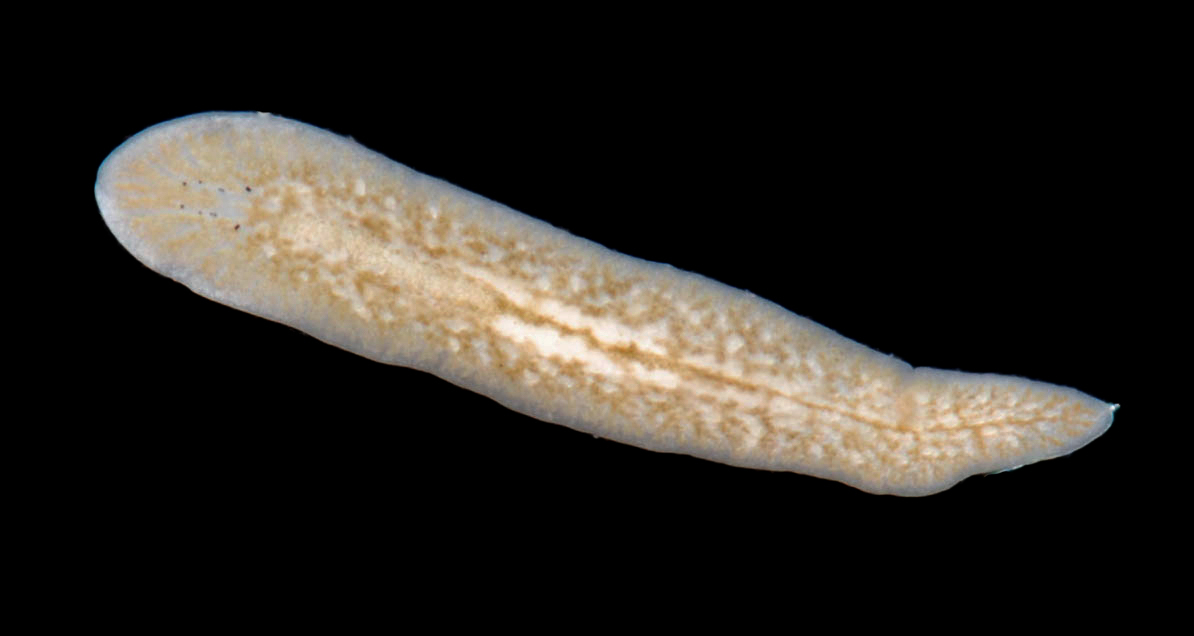Map Snapshot


2 Records
Seasonality Snapshot
Use of media featured on Maryland Biodiversity Project is only permitted with express permission of the photographer.
Slender Flatworm in Anne Arundel Co., Maryland (7/31/2014). Measured 5 mm.
View Record Details
Media by
Robert Aguilar, SERC.
Slender Flatworm in Anne Arundel Co., Maryland (Date obscured). (c) sercfisheries, some rights reserved (CC BY-NC).
View Record Details
Media by
Robert Aguilar, SERC.
Source: Wikipedia
| Euplana gracilis | |
|---|---|

| |
| Scientific classification | |
| Domain: | Eukaryota |
| Kingdom: | Animalia |
| Phylum: | Platyhelminthes |
| Order: | Polycladida |
| Family: | Euplanidae |
| Genus: | Euplana |
| Species: | E. gracilis
|
| Binomial name | |
| Euplana gracilis Girard, 1853
| |
| Synonyms | |
| |
Euplana gracilis is a species of marine flatworm belonging to the family Euplanidae.[1] It is found within the United States.
Description
[edit]E. gracilis is slender and elongate in shape, reaching up to 8 mm in length. The front end may be pointed or rounded, while the back end may be obtuse or rounded. The color of the species can range from yellowish gray to brownish gray. There are six eyes on each side, of which four are in a lengthwise row, and two obliquely placed together.[2]
Distribution and ecology
[edit]The species has been known to be found in the Chesapeake Bay, where it acts as a predator on certain species. Particularly, it has been found to prey on the amphipod Apocorophium lacustre.[3]
References
[edit]- ^ "WoRMS - World Register of Marine Species - Euplana gracilis Girard, 1853". www.marinespecies.org. Retrieved 2023-09-04.
- ^ Hyman, Libbie H. (1939). "Some Polyclads of the New England Coast, Especially of the Woods Hole Region". The Biological Bulletin. 76 (2): 127–152. doi:10.2307/1537854. ISSN 0006-3185. JSTOR 1537854.
- ^ Janiak, Dean S.; Adams, Julia N.; Rubinoff, Benjamin; Osman, Richard W. (2017). "Predator-Prey Interactions of the Polyclad, Euplana gracilis, and the Amphipod, Apocorophium lacustre, in the Chesapeake Bay". Estuaries and Coasts. 40 (2): 513–521. doi:10.1007/s12237-016-0148-3. ISSN 1559-2723. S2CID 54674933.

